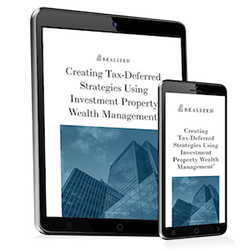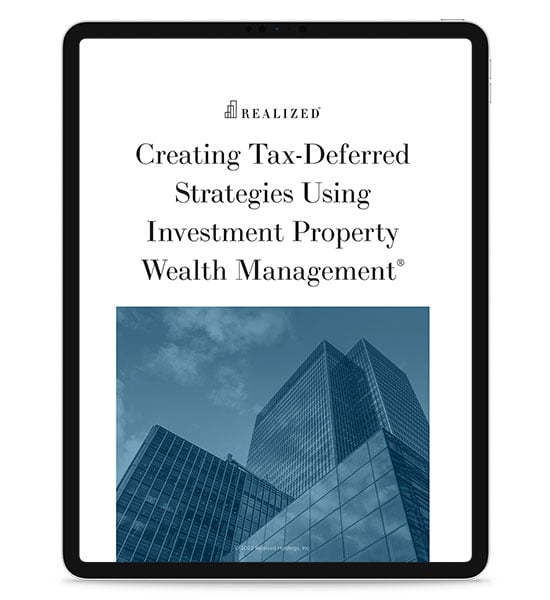
When selling a business property or one that generates cash flow, IRS Form 4797 is used. The IRS defines the specific property types as business property. We’ll list these property types and discuss filling out Form 4797.
What Is Form 4797?
Form 4797 is used when selling property that was used as a business. This is different from property that was used in a business, which might be the case if you are utilizing an asset or property for personal and business use.
For example, your personal vehicle is used periodically for business trips. You record mileage for a business deduction. Or, you might have a home office in your primary residence. In both cases, the asset or property is used for business but not as a business. The vehicle’s use is not fully dedicated to the operations of a business.
Form 4797 has three main sections:
- Part I — Information about the property being sold that is held for more than one year. This will generate a long-term gain.
- Part II Ordinary Gains and Losses — Property sold in one year or less. This will generate a short-term gain.
- Part III Gain From Disposition of Property — This is the largest section of the form. Gains are reported and divided by Sections 1245, 1250, 1252, 1254, and 1255. Depreciation recapture for each property is also reported here. Part III doesn’t need to be filled out if no gains were reported under the above sections.
- Part IV Recapture Amounts Under Sections 179 and 280F(b)(2) When Business Use Drops to 50% or Less.
The gain is reported on Form 4797 and Schedule D (as a long-term capital gain). Schedule D transfers to 1040 and is typically taxed at capital gain tax rates.
Residential property is considered Schedule 1250 and entered on part III. You’ll list the dates it was placed into service and sold.
To find the gain, start with Part III. Then transfer the gain to Part I. The following is an example calculation used in Part III.
Sell asset: $210,000
Original cost: $150,000
Depreciation over the years of ownership - $12,300 (subtract because of depreciation recapture)
(Adjusted basis: $137,700 = $150,000 - $12,300)
Gain: $73,200
The gain is calculated as:
$210,000
- $150000
+ $12,300
= $72,300
The $72,300 gain is reported on Schedule D. Then report the gain on Schedule 1 of Form 1040. That value is then used for the calculation on Form 1040, line 6.
When Should Form 4797 Be Used?
If you are selling or transferring a business property or property that generates cash flow, Form 4797 should be used. The sale of personal property should not be listed on this form.
Business property types that can be listed on Form 4797 include sections 1245, 1250, 1252, 1254, or 1255. These property types are wide-ranging, and it is best to read through each type to understand if your property falls within this group. Your accountant can also help in identifying your property type.
This material is for general information and educational purposes only. Information is based on data gathered from what we believe are reliable sources. It is not guaranteed as to accuracy, does not purport to be complete and is not intended to be used as a primary basis for investment decisions. Realized does not provide tax or legal advice. This material is not a substitute for seeking the advice of a qualified professional for your individual situation. Examples shown are hypothetical and for illustrative purposes only.



